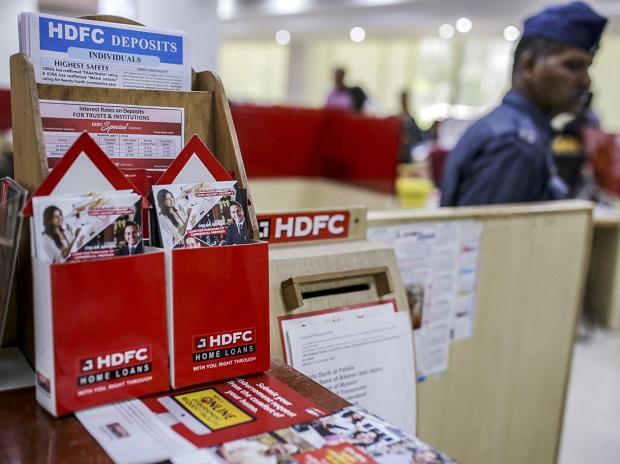[ad_1]
The merger between HDFC Bank and HDFC Ltd may be completed a few months or a quarter before the previously indicated deadline, said Srinivasan Vaidyanathan, chief financial officer, HDFC Bank.
“Maybe there is (scope of the merger being completed) a quarter or a few months early. We had previously indicated September — call it a Q2-Q3 (FY24) kind of timeframe. The way it is going, it may be Q1-Q2. That’s the way that I would put it. Maybe there is a few months…it is running ahead,” he said at a post-earnings analyst call on Saturday.
HDFC Bank, the country’s largest private lender, detailed its earnings for July-September on Saturday. On Friday, the National Company Law Tribunal (NCLT) gave its nod for holding a shareholders’ meeting on November 25 for obtaining approval for the proposed merger of HDFC with HDFC Bank.
On April 4 this year, HDFC Bank said it would take over HDFC, the country’s largest mortgage lender, in a deal valued at $40 billion. The merger was initially to be completed by the second or third quarter of the next financial year.
Speaking about the requests for regulatory dispensations that had been made by HDFC Bank to the Reserve Bank of India, Vaidyanathan said the private lender continued to hold talks with the central bank. The bank had requested the RBI for permission to adopt a phased approach to comply with regulatory requirements, such as cash reserve ratio and statutory liquidity ratio, as well as norms on priority sector lending.
“I think we are going to do 142,000 villages. We were less than 100,000 villages if you go back 12-15 months ago. From here, we’ll be on track to go to 200,000 villages. We are on track to organically build this,” he said.
According to RBI norms, 40 per cent of banks’ adjusted net credit must be extended to the priority sector, which includes agriculture and micro, small and medium enterprises.
On a query about the slow pace of transmission of the RBI’s rate hikes to deposit rates, Vaidyanathan said HDFC Bank did not have any formula based on the repo rate or government security yields to set deposit rates. The bank has raised deposit rates by 50-60 bps in the 1-2-year category, against 190 bps of rate hikes by the RBI since May, analysts pointed out.
“We monitor that and see at which price point we need the money and thereby, the pricing is done in such a way. It is about demand, it is about the positioning in the market in terms of what price point we are looking to get,” he said.

Pointing out the bank has typically operated with a margin of 3.94-4.45 per cent, Vaidyanathan said the RBI’s policy tightening cycle could give a boost to its margin. In July-September, HDFC Bank’s core net interest margin was at 4.1 per cent on total assets, and 4.3 per cent based on interest-earning assets. He pointed out that over the past couple of years, the mix between retail and wholesale loans had switched.
“Retail is now at 45 per cent, wholesale is at 55 per cent. It’s switched, we are at the lower end of that range and now the rate cycle is going up. So you’re seeing some slight pick-up in the margin,” he said.
HDFC Bank reported a 20.1 per cent year-on-year increase in net profit to Rs 10,605.8 crore in July-September.
Vaidyanathan attributed HDFC Bank’ marked-to-market loss of Rs 253 crore in July-September to a sharp rise in short-term benchmark government bond yields, even as the yield on the 10-year benchmark paper fell 5 basis points during the quarter.
During July-September, the cut-off yield on one-year government treasury bills rose 51 basis points. Bond prices fall when yields rise.
The losses were mainly incurred on corporate bond investments and those on pass-through certificates, including priority sector loan certificates.
“These bonds and PTCs that we have are more on the front-end side. So, if you look at the dispersion of the bond book, it’s like a pretty good normal distribution around that 1.5-2-year type of range bucket,” he said.
“If you look at the rate, the base rate that determines the valuation of the bonds or PTCs…the base rate is the g-sec rate. The six-month rate is up 77 basis points in the quarter, one-year 67 basis points, two-year is 42 basis points and so on.
[ad_2]
Source link



